These days, the prices of paintings from the first half of the 20th century are constantly soaring on the art market. This includes the School of Paris (École de Paris) as well, which had a very interesting representative Moïse Kisling – artist born in Poland, closely related to Modigliani. Kisling was a very prolific artist, he left behind heaps of art pieces but Polish museums are in possession of only 4 of his works! It is just like in Tamara Łempicka’s case, a Polish painter whose paintings are in very high demand among private collectors while museums barely own any of them.
Moïse Kisling was born in 1891 in Cracow but already in 1910 he moved to Paris where he spent the rest of his life, quickly becoming an important figure of the artistic bohema. Thanks to his rich account of artistic connections he was even nicknamed the ‘Prince of Montparnasse’.
During his frequent visits in Parisian cafes he met Picasso, Braque, Gris, Derain and others. At first he was based in an atelier taken over after a fauvist Kees van Dongen, then he established his own working studio. He was also friends with Marc Chagall, Chaim Soutine and especially Amadeo Modigliani, whom he looked after until his death.
When looking at Kisling’s paintings one can notice numerous inspirations taken from his famous friends but at the time it is impossible to mistake his paintings for anyone else’s – he had his own, very distinctive and individual style. The themes in his paintings revolve around classics such as still life, landscapes and portraits, which he did the most. His still lifes showcase his great technical skills – masterful control of color and composition. The shortcuts and simplifications of forms bring to mind Cézanne’s paintings, whom Kisling held in very high regard.
Early landscapes by Kisling are a bit Cubist; one can feel the influences of George Braque, even despite the fact that Kisling kept away from Cubist style and never identified with it. His later landscapes are much lighter. He liked to paint port towns, wharfs and ships. His small ports in sunny Marseille bring to mind impressionists on the one hand and on the other – fauvists, especially Raoul Dufy. There is also present a subtle tone of melancholy as if from de Chirico’s paintings. A strange amalgament. But the most fascinating works are Kisling’s portraits. Still figures with large eyes, a bit caricatured and deformed, bring to mind Primitivist paintings, like Henri Rousseau’s. There is magic in them just like in Modigliani’s paintings. They also show, similarly to mentioned earlier Tamara Łempicka’s paintings, inspiration with renaissance art (Raphael, for example) and classicism (Ingres). And exactly this peculiar mixture of idealized classicism and avant-garde is Kisling’s trademark. People portrayed by him look at the first glance like dolls but they hold a great psychological load, they are full of melancholy and sadness.
Here are some examples of Kisling’s paintings selected by me:

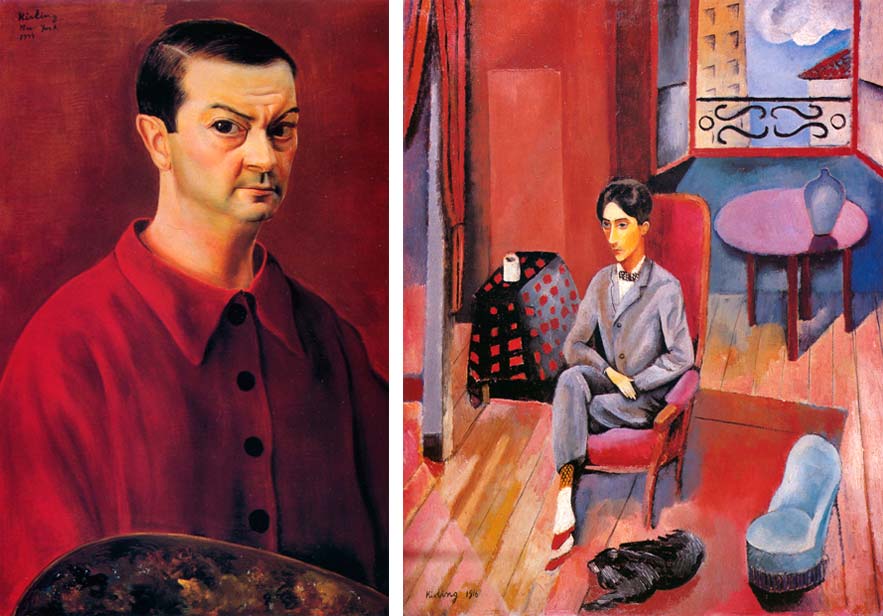
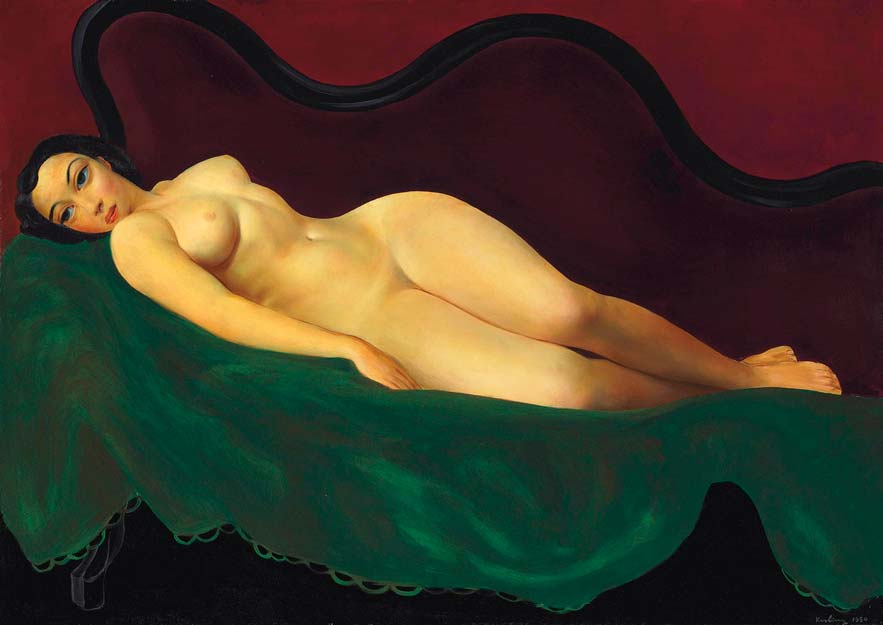
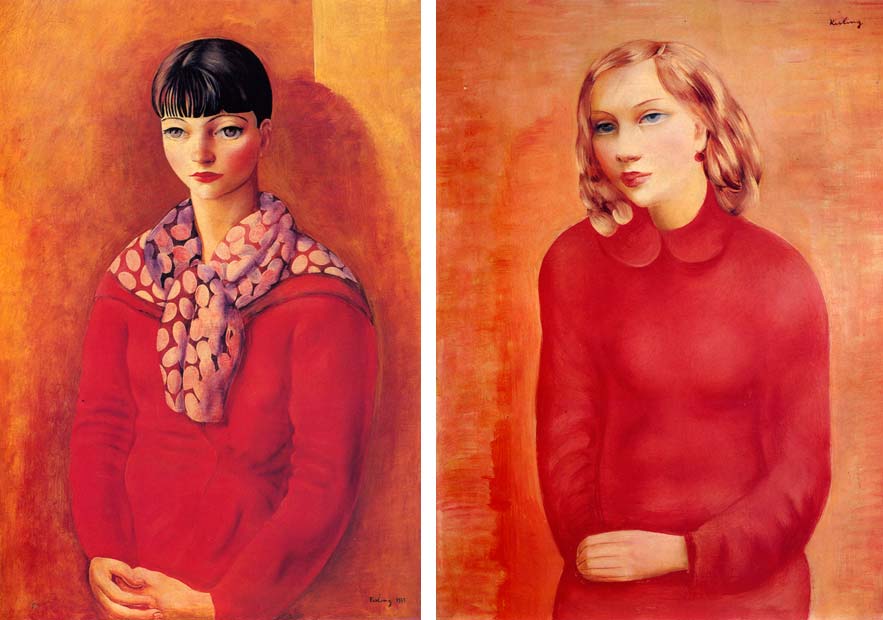





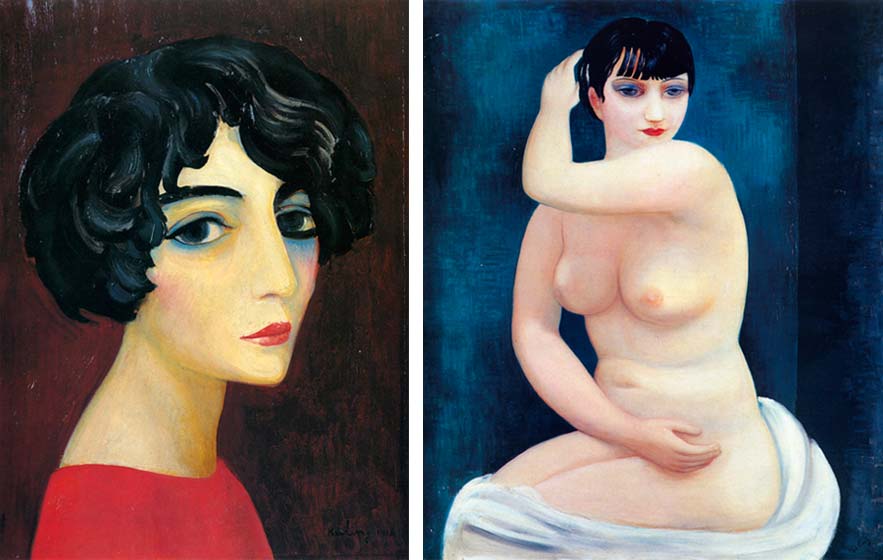

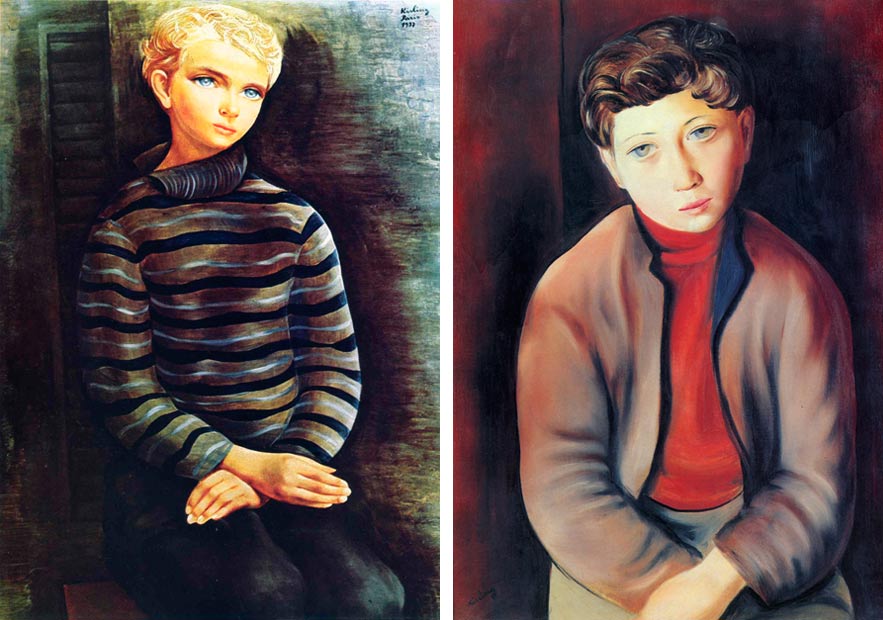
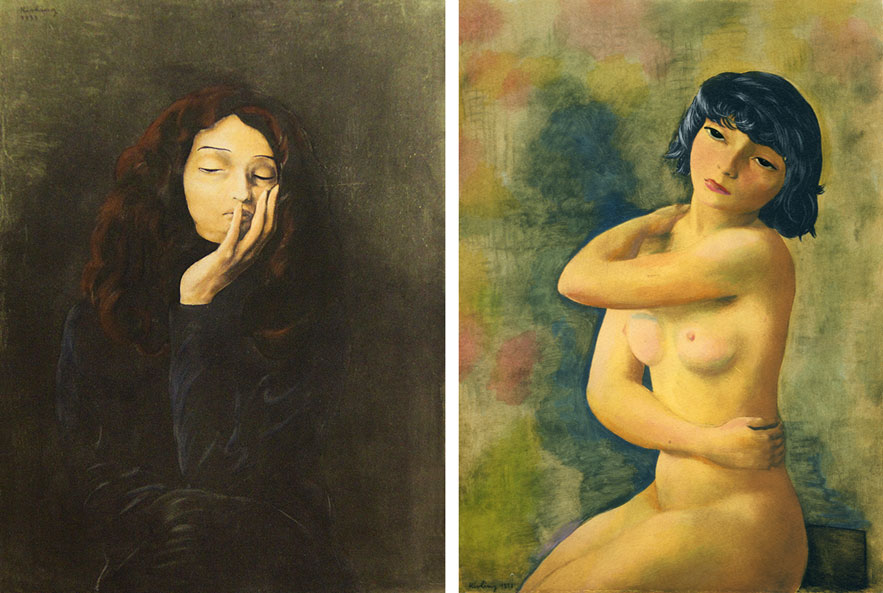
text by Anna Klos
translation by Karolina Klos

